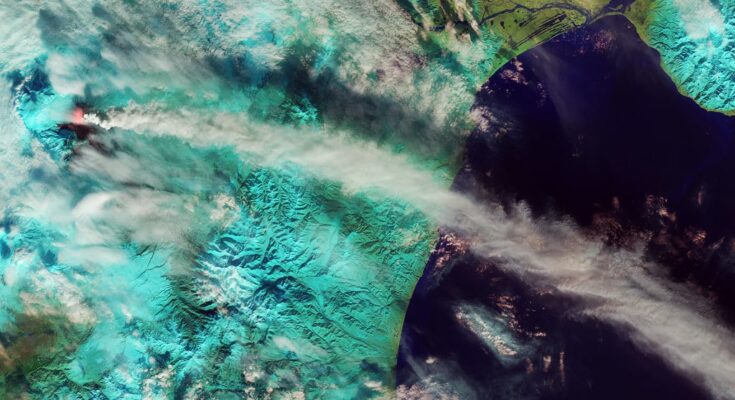A massive ocean has been found under the Earth’s crust, and there is a whole other ecosystem under the surface of the Earth.
Findings show that between 410 to 660 kilometers below the Earth’s surface, there is another water reservoir. Scientists believe that the water cycle involves all the water on Earth, circulating between the atmosphere, oceans, and surface waters.
The Deep Water Cycle
Water extends deep into Earth, as the bottom of the ocean’s crust contains slides, called subducts under neighboring tectonic plates of crust.
Scientists, who were studying earthquakes when seismometers picked up on shockwaves under the Earth’s surface, have found subducts sink into the Earth’s mantle, carrying water. They came to this conclusion by performing a combination of seismological observations, geodynamic modeling, and high-pressure and temperature melting experiments.
Furthermore, scientists found that something was amiss in what they thought was solid rock. It turns out that there is the interplay between surface water and the ocean underneath the Earth’s crust. This mantle transition zone acts as a large water reservoir through which water cycles.
A Different State of Water under Earth’s crust
Underneath the crust, water is absorbed by a mineral and then travels back to the surface. It can travel through magma, erupting from underwater volcanoes or as a result of the movement of tectonic plates.
The mantle rock is called ringwoodite, a magnesium silicate mineral made from high pressure. This mineral was discovered in the 1960s on a meteorite as well as recently under the Earth’s surface.
It is a plastic mineral, and its mobility causes it to change structure. It plays a crucial role in mantle dynamics. Water is stored inside its crystals in a sponge-like state, which isn’t either solid, liquid, or gas.
Underneath the surface, scientists discovered a whole new ecosystem by turning over volcanic crust on the bottom of the sea in the Pacific using an underwater robot roughly 2,500 meters below sea level. Worms, snails, and chemosynthetic bacteria all thrive in places previously thought impossible.
Geophysicist Steve Jacobsen said, “The ringwoodite is like a sponge, soaking up water, [and] there is something very special about the crystal structure of ringwoodite that allows it to attract hydrogen and trap water.”
This mineral can characteristically absorb large quantities of water at especially high rates. If it were composed of even only one percent of the compound (of water), it would still contain more water than all the oceans on the Earth’s surface combined.
Recent discoveries such as this show how little we currently actually know about our planet. The sea keeps revealing its mysteries, as it has always done so previously.



